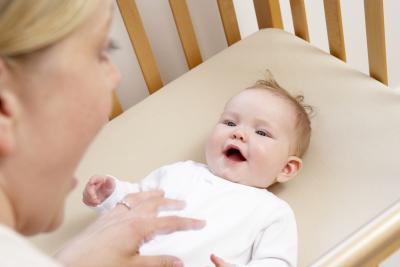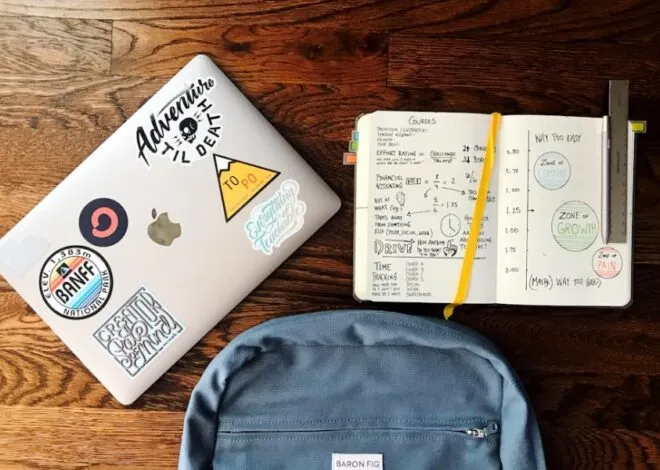Even if he starts out in a bassinet, your baby eventually moves on to a crib. Not all cribs are completely safe for your baby, especially older cribs that were manufactured before current guidelines were established. Understanding the basic requirements of a crib helps you select the safest option for your child.
Significance
While a crib keeps your child contained as she sleeps, there are certain dangers she might encounter. Poor construction could leave the crib unstable or cause parts to loosen and fall off. Gaps in the crib increase the risk of your baby become trapped. Smothering is also a possibility if crib safety tips are not observed.
Crib Construction
The crib structure itself creates a solid base for a safe sleeping environment. The crib slats should be no further than 2 3/8 inches apart, according to the U.S. Consumer Product Safety Commission. This prevents your baby from becoming trapped between the slats. Avoid cribs with shapes cut out of the headboard or footboard, as they also present a risk of head entrapment. Corner posts on a crib should be no more than 1/16 inch above the rest of the crib. Taller posts could result in your baby’s pajamas getting caught. The crib should generally be free of damage or missing parts.
Mattress Selection
A firm mattress is the best option for an infant because it reduces the risk of smothering in soft bedding. There should be no gaps between the mattress and the frame of the bed to reduce entrapment risks.
Bedding
Minimal bedding keeps your baby safe while he sleeps. A snugly fitting crib sheet is the main piece of bedding for babies. Comforters or other heavy blankets present a risk for suffocation. Quilted bumper pads might also result in suffocation if your baby gets pressed against it and can’t move away. A breathable mesh bumper pad is an option. Pillows and stuffed animals should also stay out of the crib when your baby sleeps.
Considerations
In addition to the crib itself, the location also plays a role in the overall safety of the sleeping arrangements. Placing the crib near a heating and cooling vent might cause your child to become too hot or cold while she sleeps. Placement near a window leaves your baby open to a risk for falling out an open window or become entrapped in the blinds. Choose a location away from windows, heat vents and other dangers to keep the crib safe.





